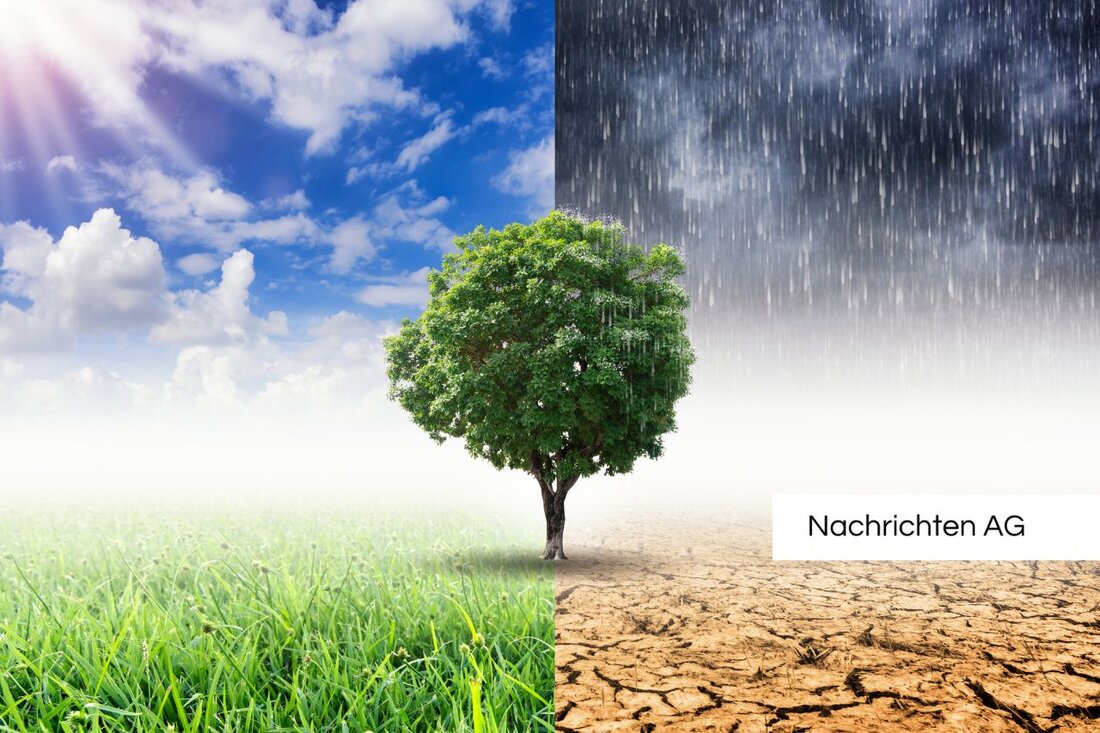Red alarm level: Gigantic glacier breakdowns threaten the Alps!

Red alarm level: Gigantic glacier breakdowns threaten the Alps!
The first summer days not only bring the warm air to Austria, but also a pressing topic back to the agenda of discussions: climate change and its devastating consequences. While events such as the Erzbergrodeo or the Murtal Rallye in the heart of Styria are in full swing, a look at alarming developments that show that our use of nature must be covered. Small newspapers reported that experts have been warning of uninhabitable mountains for years. The causes are diverse: thawing the permafrost and increasingly more frequent starter strikes are direct consequences of climate change. In the Swiss Alps, for example, the stability of the glaciers is increasingly at risk.
The Summer 2023 was also characterized by dramatic events when a huge part of the flight horn slipped in the Tyrolean silvretta mountain on June 11th. At least 100,000 cubic meters of rock crashed. Tyrol's chief geologist Thomas Figl described that the former summit cross has now disappeared. This event, which was due to the melt of the permafrost, impressively shows how fragile the balance of the Alps has become. Tagesschau illustrated that the stability of many mountains is increasingly at risk, because the melting ice in the rock weakens the rock and at the same time increases the pressure in the cavity. Alarming forecasts to increase stone strokes and rock falls underline the urgency of action.
the glacier as a memorial
across the borders of the Alps will be referred to in 2025 as the "year of the glaciers". The glacier melting not only has dramatic effects on the water balance in the valleys, it also influences the stability of the permafrost, which holds rocks and floors together. lbv reports that particularly small towns suffer from the threat from sludge avalanches and floods. Warm days and heavy rains, which become more intense due to climate change, destabilize the soil and not only cause the loss of habitats for many animal and plant species, but also direct danger to the people living there.
The question of the awareness of the responsibilities and organizers, who continue to use combustion engines at motorsport events in the middle of these natural disasters, remains particularly urgent. The discussion about CO₂-neutral vehicles becomes louder, and the images of destruction by abortions in the Lötschental remind us that we need to act urgently. The limits of tolerance are exceeded and massive countermeasures are inevitable.
The future in view
When we combine the current knowledge, it becomes clear that the temperature rise will also change the tree line in the Alps sustainably. Forecasts show that this could shift up by almost 200 meters by 2039. Species such as the stone eagle and the snow chicken are increasingly losing their habitats, which has far -reaching effects on the entire ecosystem. lbv made it clear that the loss of species is one of the greatest challenges of climate change. We are on the crossroads: we raise our awareness of these dangers and do we develop solutions that focus on the protection of people and their homeland, or have we long since lost nature?
It is time to raise awareness of the dangers of climate change and developments in our Alps. The pictures of the destruction call for solidarity, and the calls for effective climate protection become louder. Climate change happens faster than scientists forecast it, and our reactions must also be.| Details | |
|---|---|
| Ort | Deutschlandsberg, Österreich |
| Quellen | |
